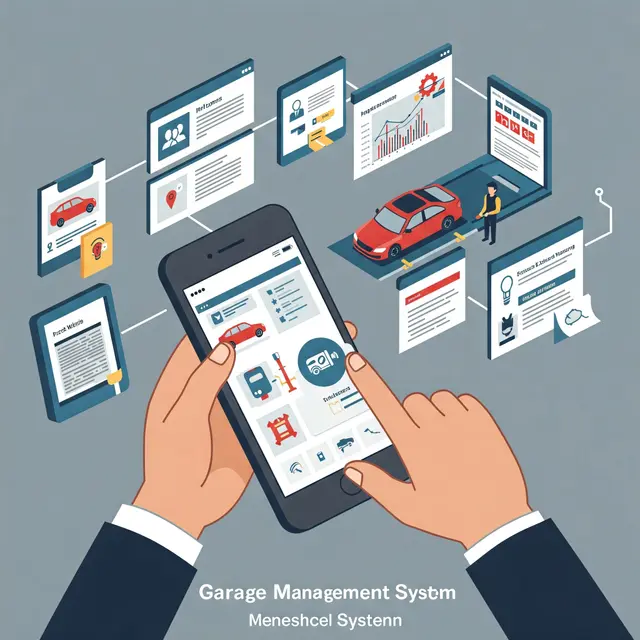In the fast-paced automotive repair industry, effective workshop management is crucial for streamlining operations, boosting efficiency, and fostering customer loyalty. Whether you’re running a small workshop or a large auto repair shop, choosing the right Workshop Management Software can significantly impact your daily operations and save you money in the long run. In this post, we’ll explore the five key features to look for when selecting the best Workshop Management Software.
Let’s dive in!
User-Friendly Interface
A user-friendly interface is the cornerstone of any great software, especially for workshop management. If the software is complex and difficult to navigate, how can you expect your team to leverage it for maximum efficiency? Your mechanics should be able to navigate the software easily, with minimal training time required. The right Workshop Management Software makes it simple for your team to access the tools they need and perform their jobs efficiently.
Simple Booking Functionality
Effective booking management is vital for streamlining operations and boosting shop efficiency. The best workshop management software should allow you to confirm bookings, assign jobs to mechanics, and track progress seamlessly. Look for features like real-time updates, drag-and-drop scheduling, and the ability to set priorities and deadlines.
Strong Inventory Management Features
Inventory management is a critical component of running a successful auto repair shop. The right workshop management software should include powerful inventory features that help you track stock levels, reorder parts when necessary, and maintain accurate, real-time records
Mobile Accessibility
The pandemic highlighted the importance of being able to manage your business remotely. Look for Workshop Management Software that offers mobile accessibility, enabling you to oversee your operations from anywhere. This is especially beneficial for businesses with multiple locations or those running mobile mechanic services.
Powerful Reporting & Analytics
In the competitive world of auto repair, data-driven decisions are key to maintaining success. The best workshop management software should offer comprehensive reporting and analytics tools that help you track the performance of your shop, including job costs, revenue, and mechanic productivity. With these powerful features,you can help your auto repair shop run smoothly, improve efficiency, and drive success.
Engaging Introductions: Capturing Your Audience’s Interest
The initial impression your blog post makes is crucial, and that’s where your introduction comes into play. Hook your readers with a captivating opening that sparks curiosity or emotion. Address their pain points or questions to establish a connection. Outline the purpose of your post and give a sneak peek into what they can expect. A well-crafted introduction sets the tone for an immersive reading experience.
Crafting Informative and Cohesive Body Content
Within the body of your blog post lies the heart of your message. Break down your content into coherent sections, each with a clear heading that guides readers through the narrative. Dive deep into each subtopic, providing valuable insights, data, and relatable examples. Maintain a logical flow between paragraphs using transitions, ensuring that each point naturally progresses to the next. By structuring your body content effectively, you keep readers engaged and eager to learn more.
Powerful Closures: Leaving a Lasting Impression
Concluding your blog post isn’t just about wrapping things up – it’s your final opportunity to leave a strong impact. Summarize the key takeaways from your post, reinforcing your main points. If relevant, provide actionable solutions or thought-provoking questions to keep readers thinking beyond the post. Encourage engagement by inviting comments, questions, or sharing. A well-crafted conclusion should linger in your readers’ minds, inspiring them to explore further or apply what they’ve learned.




